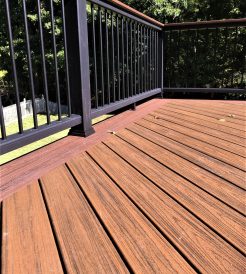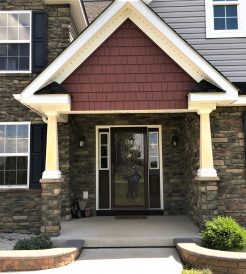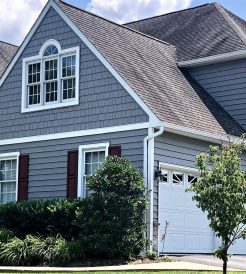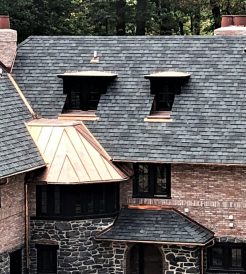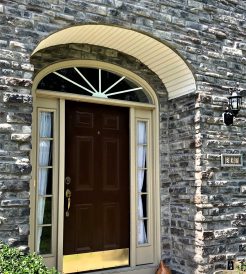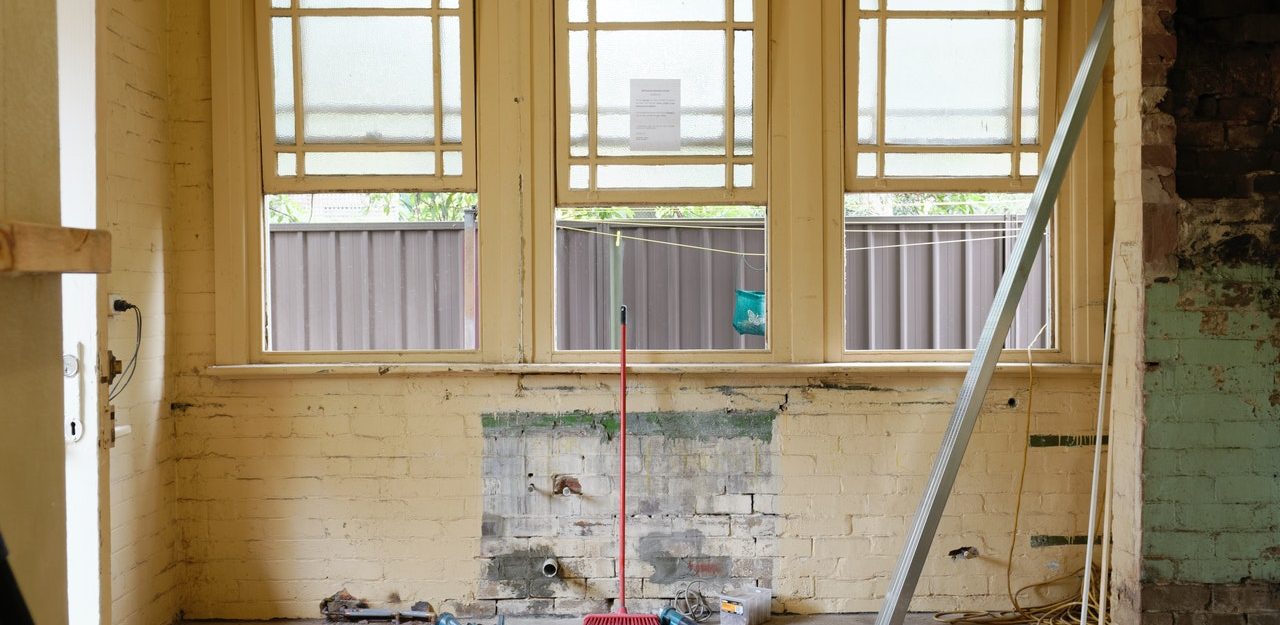Understanding the Different Types of Water
Water is water, right? You may be surprised to learn that there are three different kinds of water, and they can drastically change how you approach cleaning up the mess and mold that water damage leaves behind.
Clean Water Damage
Clean water simply means that the water causing the damage is sewage and toxin-free. If your home is damaged by clean water it is typically caused by leaking or broken pipes, bathtubs that have overflowed, and issues with appliances.
Because it is non-toxic, clean water can typically be cleaned up and dried easily with minimal permanent damage.
Gray Water
Gray water typically comes from appliances like toilets, washing machines, or sub-pump backups. Because consuming or coming in contact with gray water can be harmful it is important that you use proper protective equipment when cleaning up damage caused by gray water.
Water Damage Tips for Homeowners
Water damage and mold can be a homeowner’s worst nightmare, and you might not even realize it is there until it is too late. Without the proper knowledge these things can seriously damage your home and leave you wishing you had taken the proper precautions before it was too late.
How to Assess Home Water Damage
Identify the Origin of the Water Damage
The first step in your water and mold damage cleanup process should be identifying the origin of the water damage and eradicating it. Common causes of residential water damage include leaking or bursting pipes, malfunctioning household appliances, HVAC systems malfunctioning, or heavy rains or floods in your area. If you are unable to identify the source of your water or mold damage you may want to find a professional in the area who specializes in water damage and mold removal and can give you a complimentary estimate.
Take Record of the Damage
Next, be sure to accurately record the damage for insurance purposes. Many insurance companies will cover the fees associated with cleanup and repairs if the damage was caused by a “covered peril.” To learn more about covered perils and if your insurance covers your situation be sure to contact your provider.
Dry out the Affected Areas
After you have assessed the damage and contacted your insurance company, it is time to dry out the affected areas to avoid further damage. The first step in the drying process should be to remove all rugs, carpeting, and furniture that have been affected. Items that have been affected by clean water can be dried outside or using a shop vac, but if they have been affected by gray or black water you should consider replacing them, as they may now hold contaminants.
Once all wet items have been removed from the space use fans to circulate air throughout the room. If a large space was affected, you can rent a high-capacity dehumidifier to dry out the space.
How to Repair a Water Damaged Ceiling
Stop the Spread of Damage
When cleaning up and drying out your space always remember; focus on the ceiling! Repairing a ceiling affected by water damage is imperative in minimizing the damage done to your home. To minimize damage as you are assessing, drill a hole in the central location of the water damage and place a bucket below the hole. This will stop the moisture from spreading through the drywall and creating further damage.
Identify the Source
After you have put a halt to the ceiling damage, do all that you can to identify where the moisture is coming from. If you do not have access to an attic or crawl space, inspect the roof to identify any missing shingles, damaged flashing, or other irregularities. If you see damage, immediately contact a local professional to get the repair done to prevent further leaking.
Finally, cut away the damaged drywall and begin the repairs to your water damaged ceiling.
What If the Water Damage Caused Mold?
Finding mold in the house is scary, and it is important that you immediately take action to avoid the mold spreading and causing harm to your home or your family. There are steps you can take to remove the mold yourself, but you have to be sure you have removed all of it. If you are questioning yourself at any point, contact a professional.
Take the Proper Safety Precautions
Dealing with mold can be harmful, be sure to always use safety goggles without ventilation holes, respirators or n-95 masks, and rubber gloves to avoid direct exposure.
Remove the Mold
Depending on the severity of the mold in your home, you may be able to remove it yourself. If the mold is on hard surfaces like window sills and baseboards use a scrub brush, a bucket, heavy-duty detergent, and water. For less tough surfaces like drywall, stick to a heavy-duty washcloth so your surface isn’t damaged from the scrubbing.
You can also try a mold cleaner that is formulated specifically for eradicating and preventing mold.
Extensive Remodeling Due to Mold and Water Damage
Sometimes the water damage repair necessary is too much for the average homeowner to handle. At E&E Contracting, LLC we have been helping homeowners with water damage and mold issues for over 10 years. Our team of seasoned professionals have seen it all, and our processes ensure that your home is cleaner, safer, and more attractive than before the incident.
Inspection
Each of our extensive remodeling projects begins with a thorough inspection of the home. First, we identify any and all problems causing the water. Next, we assess the problems and identify what needs to be repaired, and what needs to be replaced completely.
The Work
Our team of experts have decades of extensive remodeling experience. Whether your project is a simple roof patch or a complete remodel, we have the tools and manpower necessary to transform your property into something you are proud of.
The Cleanup
During our extensive remodeling jobs our team is committed to maintaining a clean and courteous work environment. Homes damaged by water and mold require a serious cleaning before the work can be finished, during construction, and after the work is completed. Our team cleans up at the end of each work day, making sure we leave your property cleaner than we found it!
Contact us today to schedule a complimentary consultation and quote for your extensive remodeling project!

